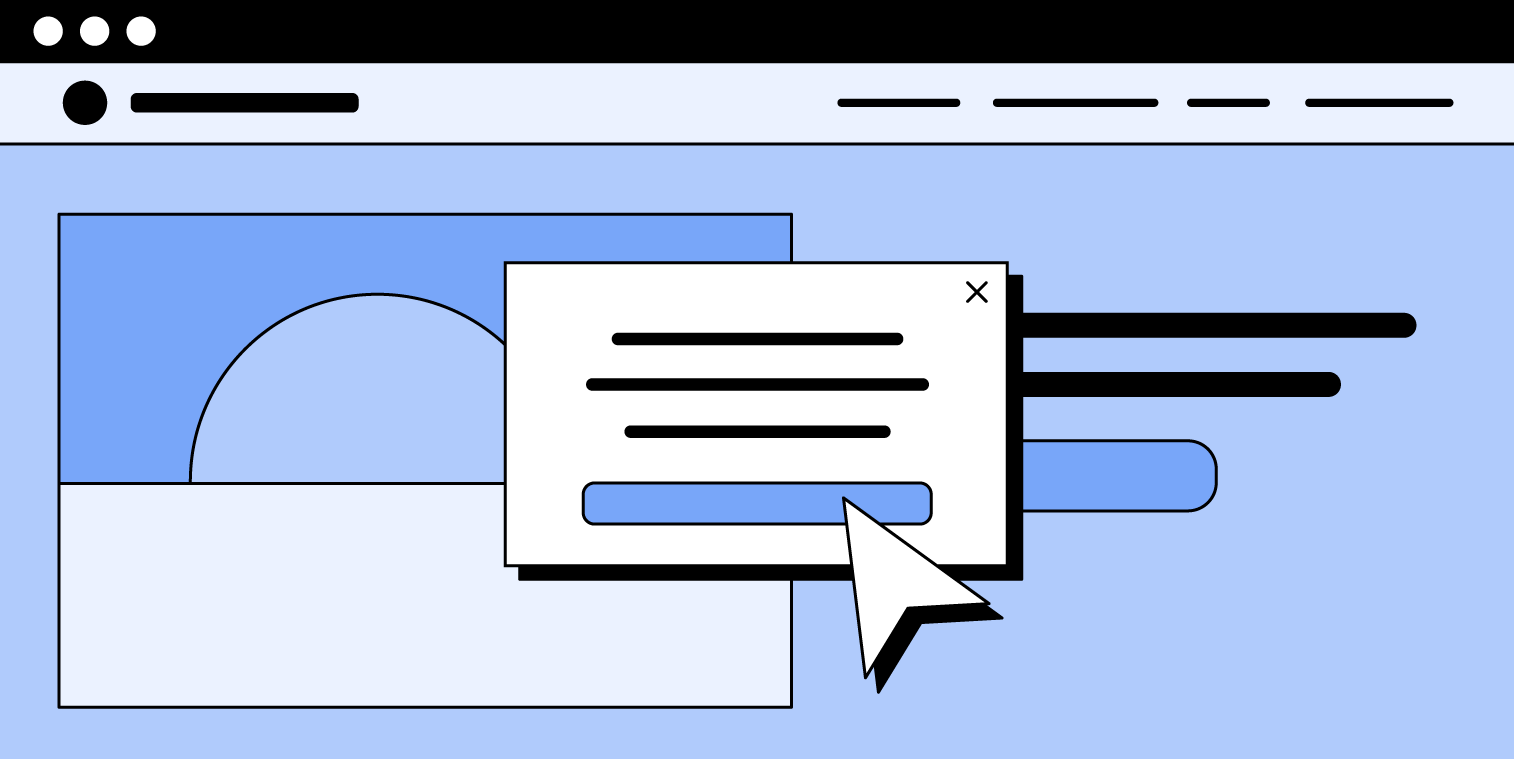
Pop-up and user experience: 6 tips to avoid frustrating your visitors
Have you ever left a website because of an intrusive or poorly placed pop-up? While effective for generating conversions, pop-ups can also frustrate your visitors if their use is not well-managed. The challenge is clear: maximize their impact while respecting the user experience. In this article, discover six essential tips for designing effective and non-intrusive pop-ups to draw attention without compromising visitor satisfaction. Take a few minutes to learn how to transform your pop-ups into effective and appreciated assets!
#1 Understand the expectations and behaviors of your users
To design effective pop-ups, it is crucial to understand the expectations and behaviors of your visitors. Poorly adapted pop-ups may disrupt their navigation and increase abandonments.
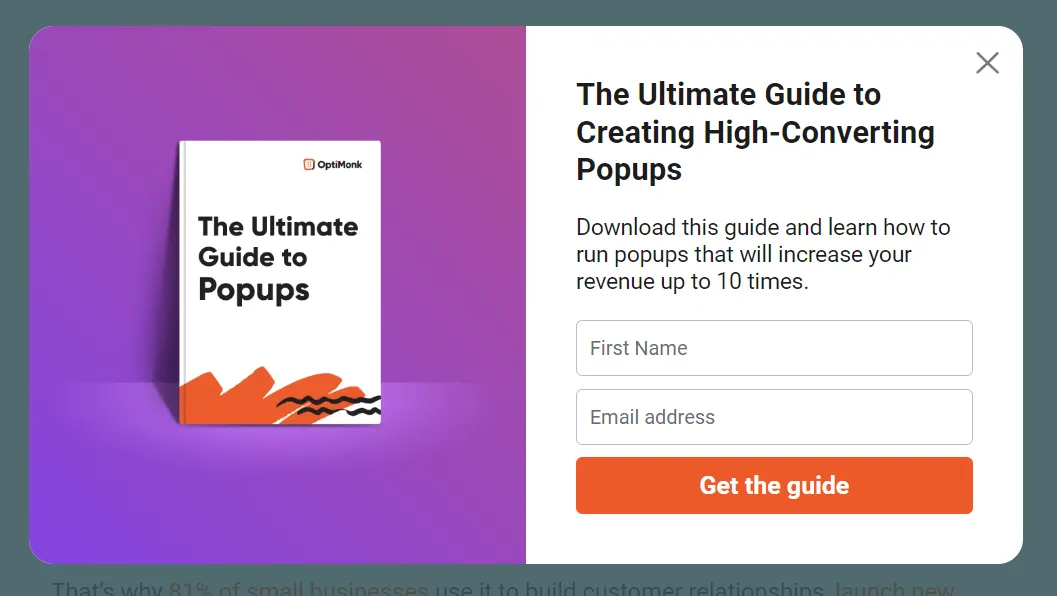
Analyze your audience
Use tools like Google Analytics or Hotjar to identify the most visited pages, the time spent on the site, and the interests of your visitors. This data helps you customize your pop-ups according to the specific needs of each audience segment. For example, a blog reader might receive an offer to subscribe to a newsletter.
Respect the navigation intent
Visitors come to your site with a specific goal: to read content, compare a product, or complete a purchase. Avoid interrupting this process with intrusive pop-ups as soon as they arrive. Prefer triggers based on behavior, such as a pop-up appearing after a certain scroll depth or exit intent.
#2 Choose the right time to display your pop-ups
Timing is essential for the effectiveness of pop-ups. Poorly timed displays can frustrate visitors, while a well-chosen moment enhances their engagement.
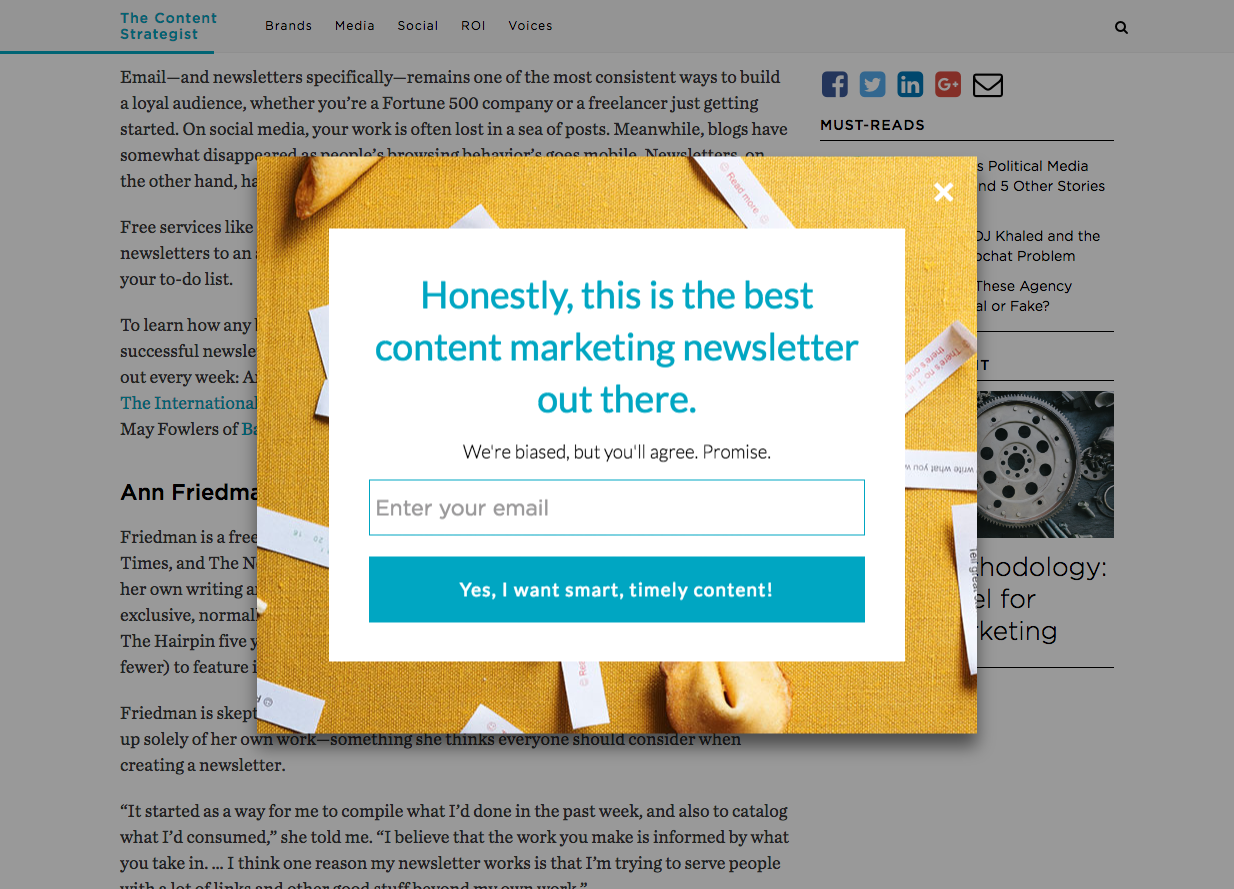
Use intelligent triggers
Favor user behavior-based pop-ups. For example:
- Page scroll: Display a pop-up after the visitor has scrolled through 50% of the content.
- Exit intent: Capture attention when the visitor is about to leave the site.
These methods increase conversions while reducing interruptions. A study by OptinMonster shows that exit-intent pop-ups boost conversions by up to 300%.
Avoid pop-ups upon arrival on the site
Displaying a pop-up as soon as a visitor arrives can feel intrusive. Wait a few seconds or several interactions for them to discover your content before presenting an offer.
#3 Write a clear and attractive message
An effective pop-up relies on a simple, relevant, and engaging message. Visitors spend only a few seconds deciding whether to interact; your content must therefore be concise and impactful.
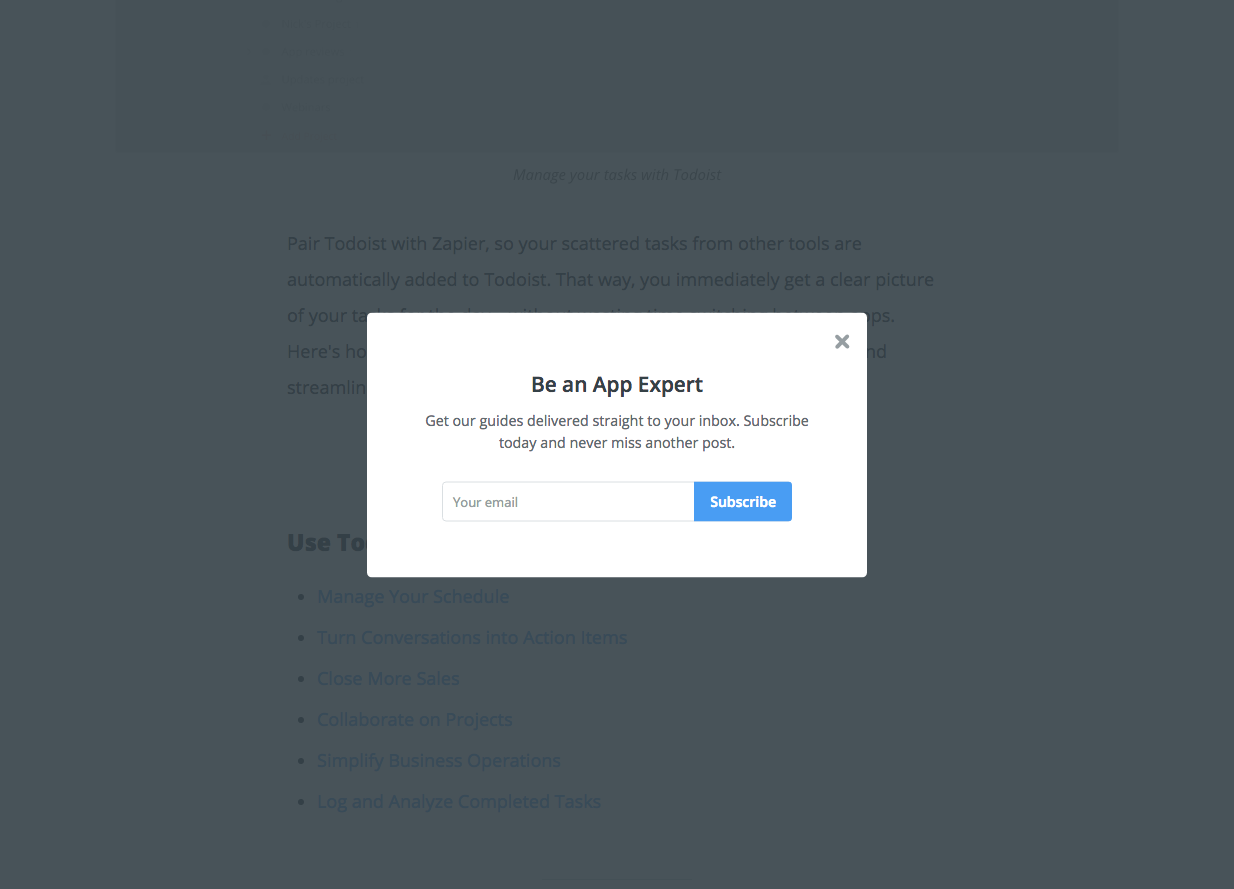
Get straight to the point
Use short sentences that immediately highlight a clear benefit. For example:
- “Sign up and receive 10% off your next order.”
- “Download our practical guide for free.”
Avoid long texts or complex wording.
Add a clear call to action
A well-visible call-to-action (CTA) is essential. Opt for precise and engaging terms like “Download now”, “Take advantage of the offer” or “Join the community”. A successful example could be: “Start your 14-day free trial.”
#4 Provide a smooth user experience
Pop-ups should integrate seamlessly into your site to provide a pleasant navigation experience. Poor design can frustrate your visitors and harm the user experience.
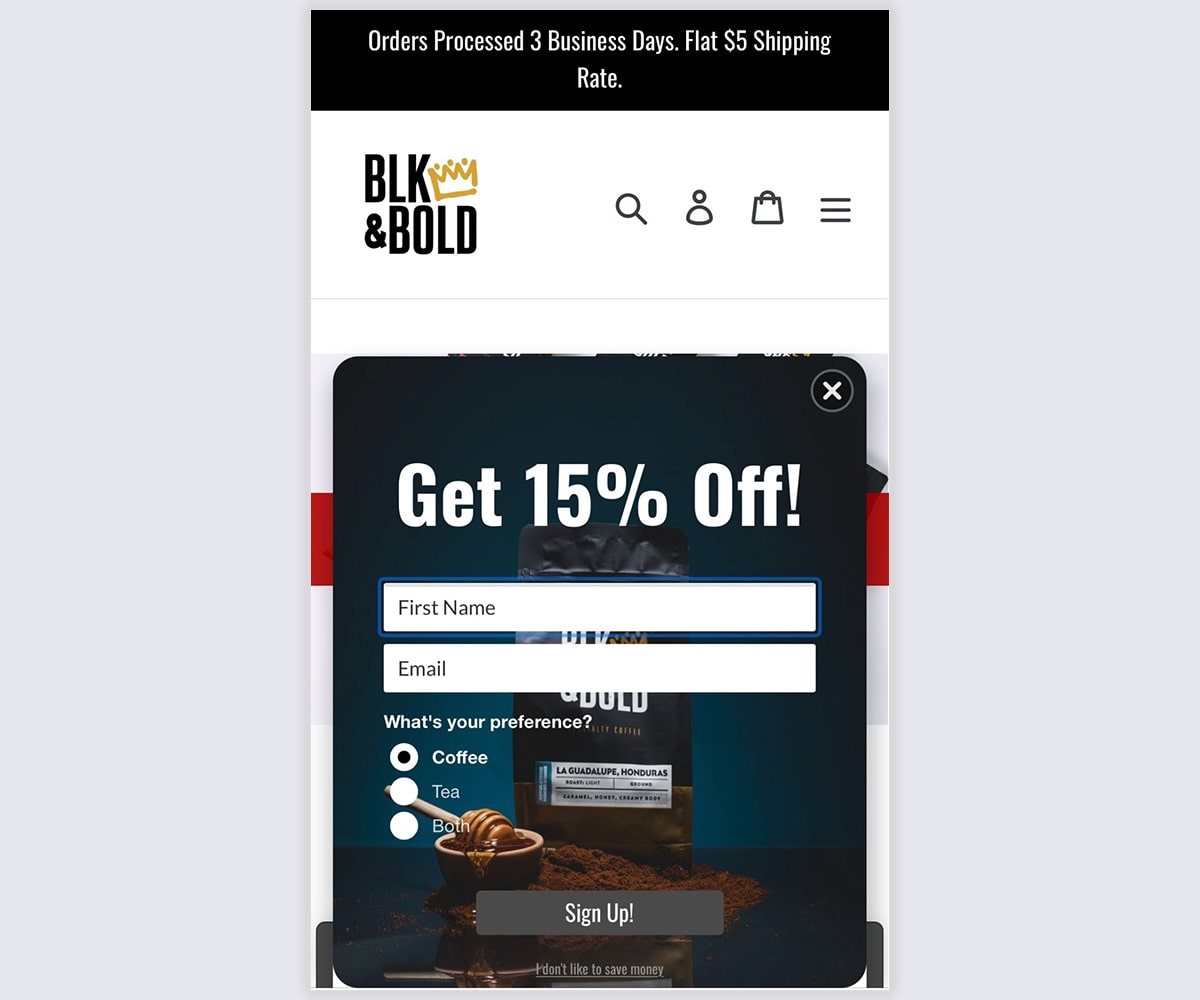
Adapt pop-ups for mobile
With a majority of visitors on mobile, a responsive design is essential. Ensure that your pop-ups:
- Fit perfectly on small screens.
- Feature easily accessible “Close” buttons.
- Do not block content reading.
A discreet banner or a pop-up at the bottom of the screen is particularly effective on mobile.
Make it easy to close the pop-ups
Provide a clear option to close the pop-up, such as a visible button or a click outside. Blocking or hard-to-close pop-ups lead to frustration and high bounce rates.
Limit repetition
Display each pop-up only once per user using cookies. This practice avoids saturating your visitors and improves their engagement.
#5 Test and optimize your pop-ups
To maximize the impact of your pop-ups, it is essential to continuously test and optimize their performance. Regular adjustments based on concrete data can enhance engagement and conversions.

Conduct A/B testing
Test different versions of your pop-ups to determine what works best. For example:
- Content: Compare a message focused on a discount with another highlighting a free benefit.
- Design: Try a minimalist style against a more visual design.
- Timing: Evaluate the effectiveness of a pop-up triggered after 5 seconds or based on exit intent.
A/B testing reveals your visitors’ preferences and optimizes your results.
Analyze performance
Use analytical tools to track key metrics such as:
- Conversion rate: Successful interactions.
- Click-through rate (CTR): Engagement with the CTA.
- Bounce rate: Impact of pop-ups on navigation.
This data guides you to adjust your strategies, such as refining a message or tweaking the design.
#6 Avoid intrusive practices to preserve your image
A poorly designed or overly aggressive pop-up can harm your brand’s image and frustrate your visitors. Adopt respectful practices to combine effectiveness and user satisfaction.
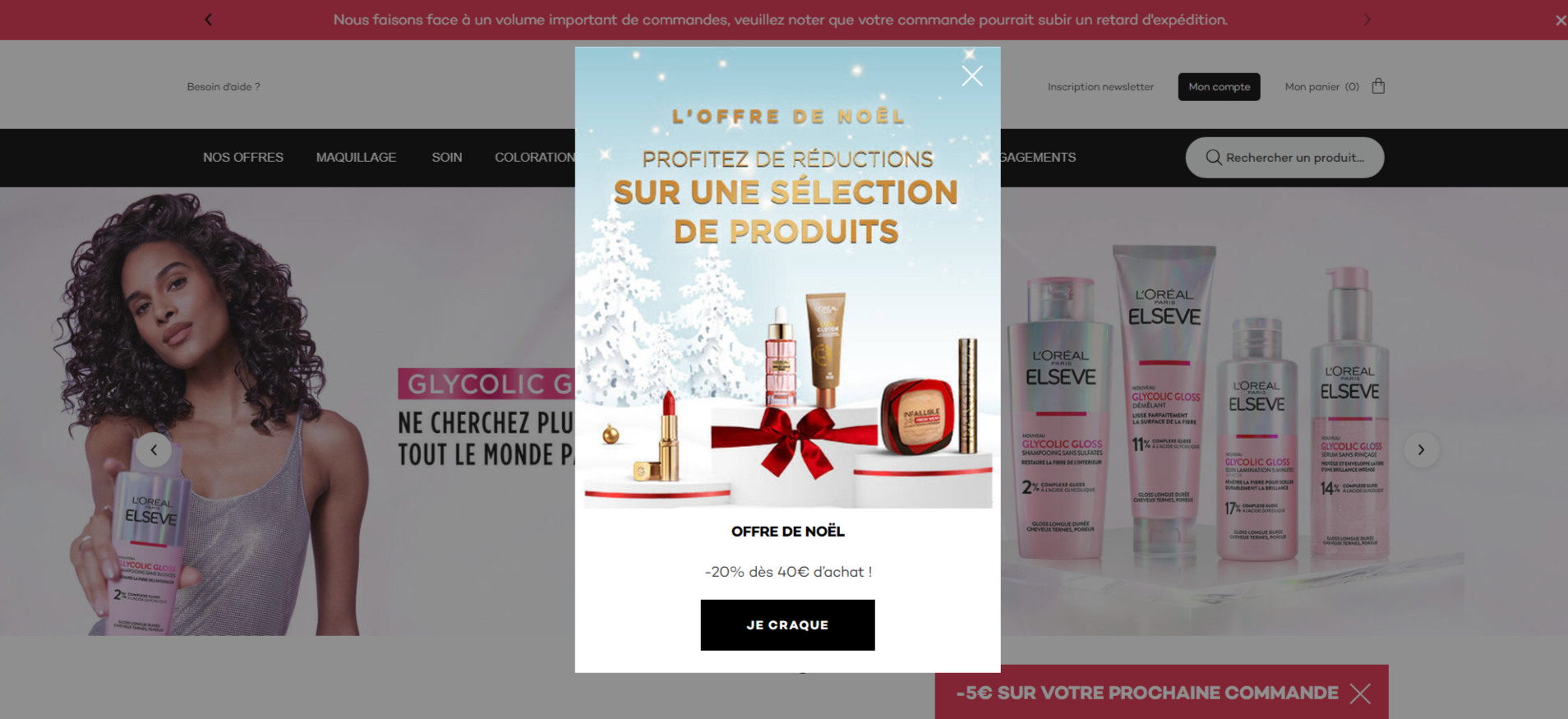
Respect regulations (GDPR)
Ensure that your pop-ups comply with existing laws, such as GDPR. Include:
- A clear explanation of the use of collected data.
- An option to refuse or accept without pressure.
Failure to comply with these rules can lead to penalties and damage your reputation.
Prefer subtle formats
Non-intrusive formats, such as banners or sidebar widgets, are often better received. For example, a discreet banner at the bottom of the screen can promote an offer without hindering navigation.
When well-designed, pop-ups increase your conversions while respecting the user experience. By applying these tips and using effective tools like Poosh, the number one solution for pop-up notifications, you can effectively capture leads while preserving visitor satisfaction. Adopt these best practices and let your pop-ups become a key asset in your digital strategy.